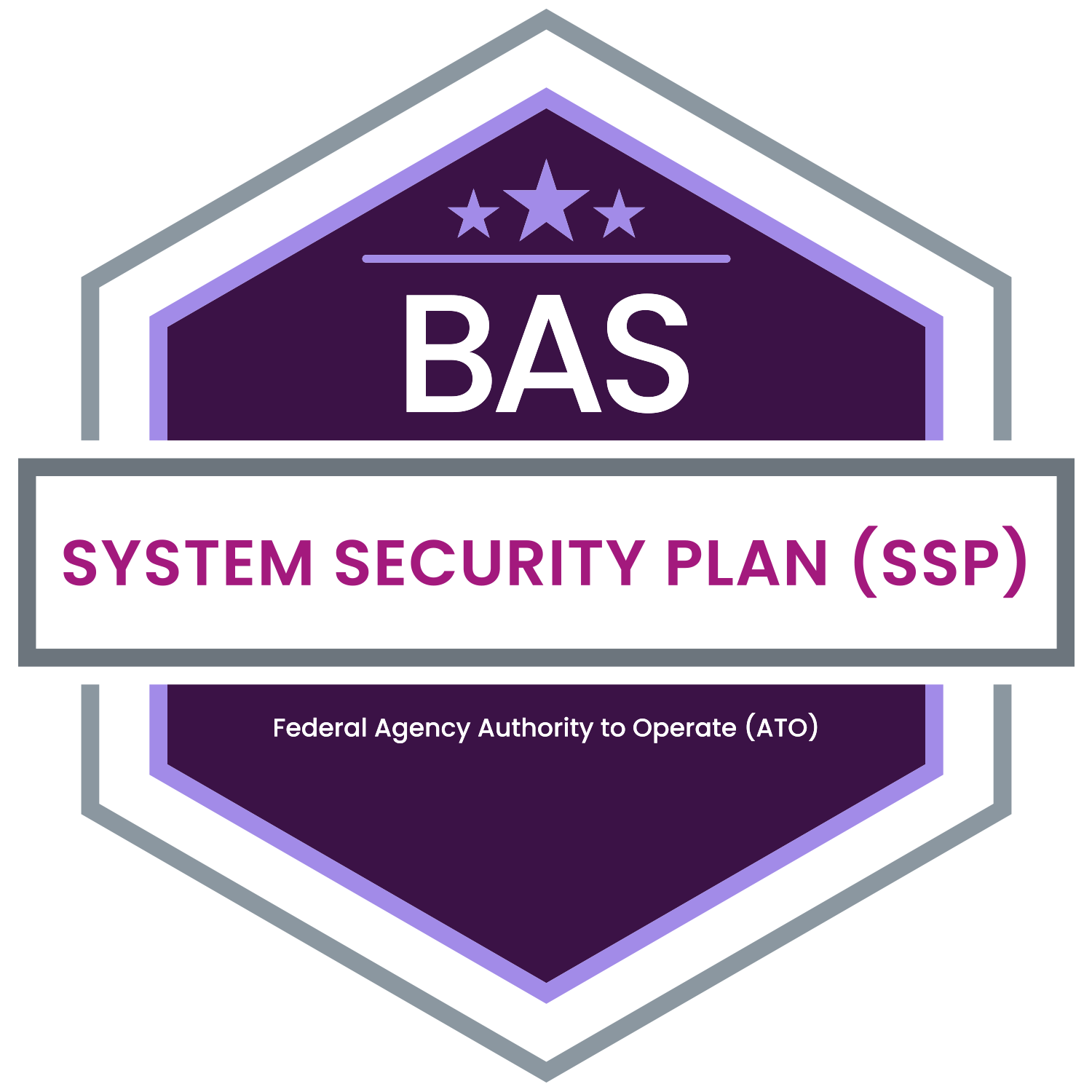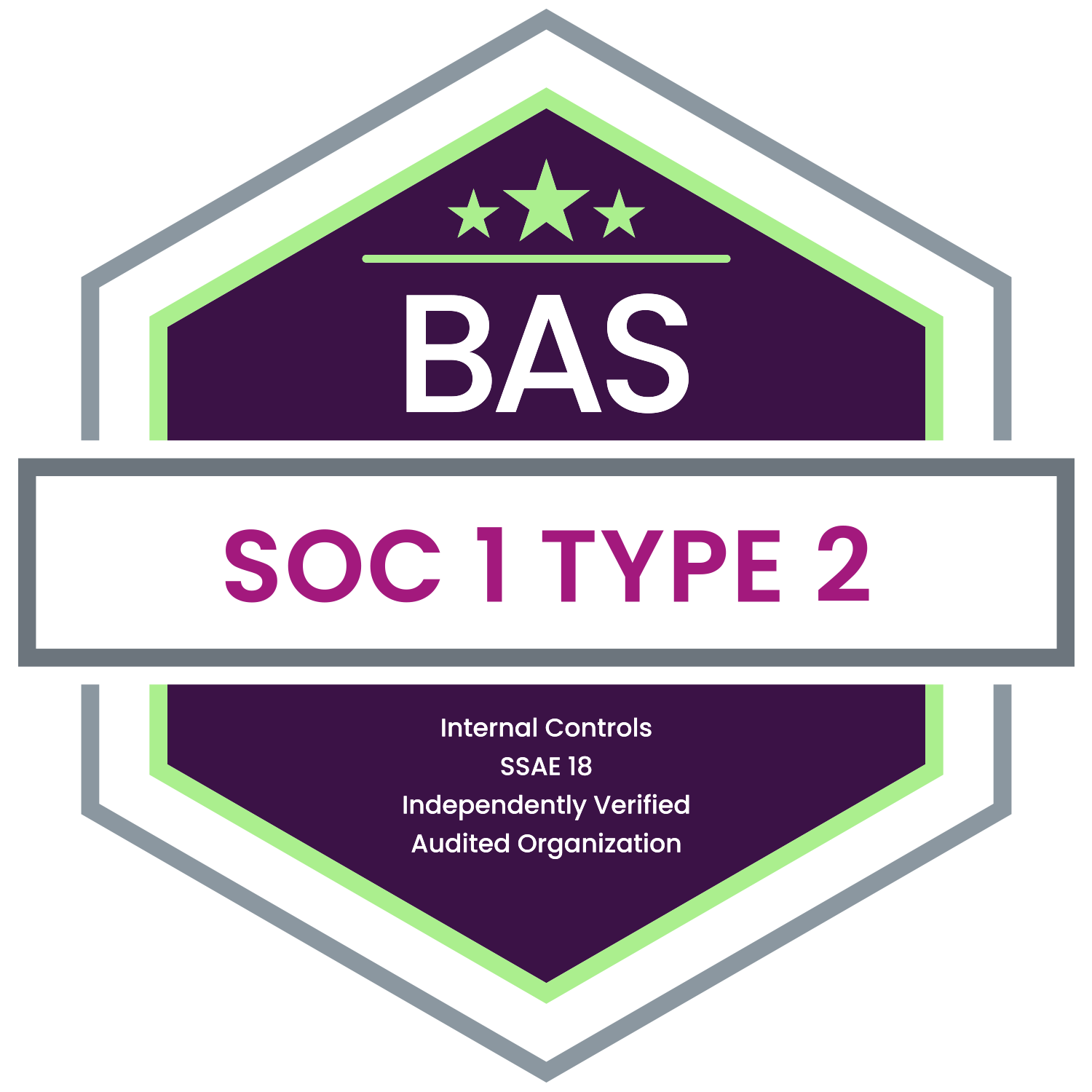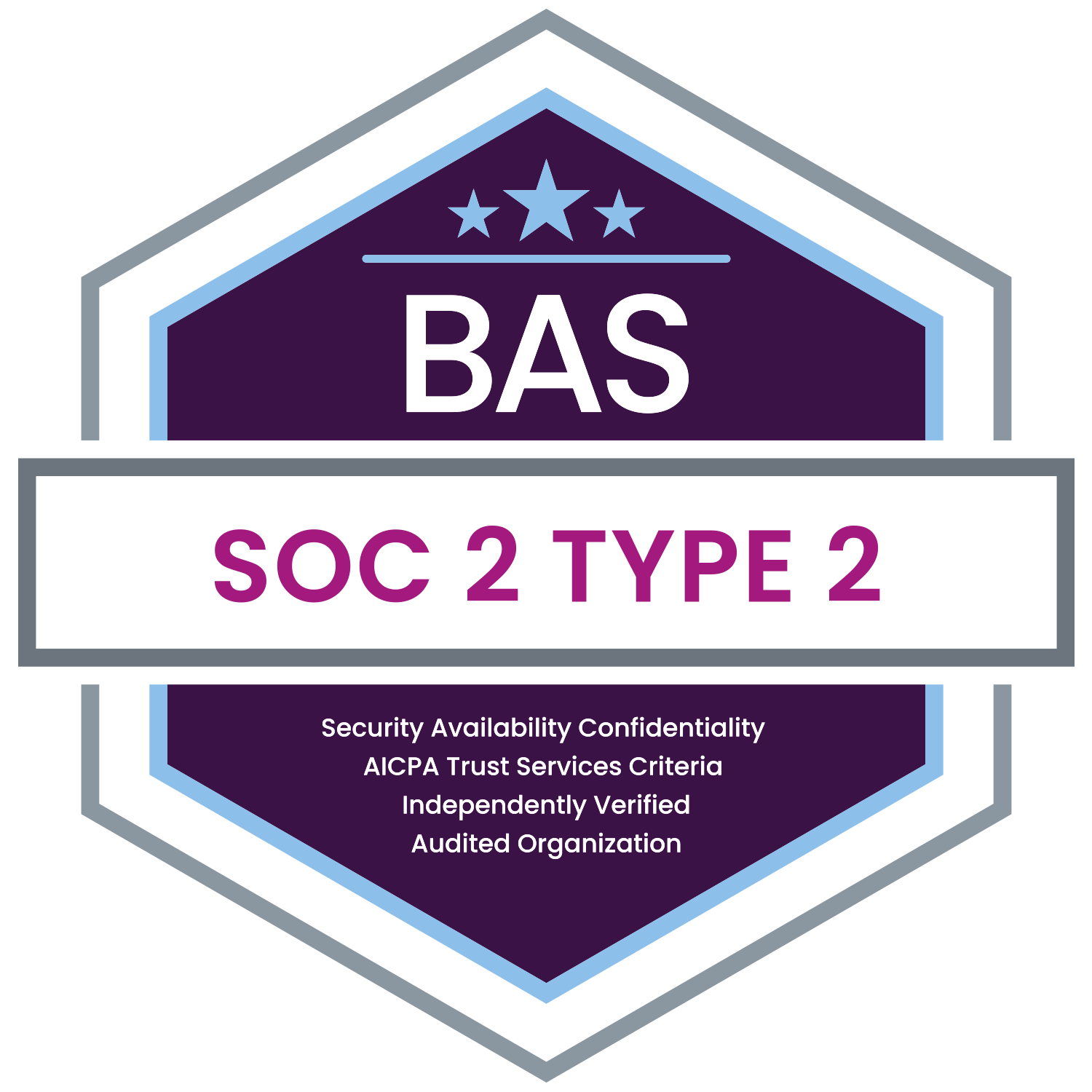Employers are increasingly looking beyond traditional health and retirement benefits to meet the evolving needs of their workforce. One benefit gaining traction is the Lifestyle Spending Account (LSA). These accounts provide flexibility by allowing employees to use employer-funded dollars for a wide range of wellness and lifestyle expenses, from gym memberships to financial coaching. For HR teams, LSAs represent an innovative way to enhance employee engagement and support overall well-being.
What Is a Lifestyle Spending Account?
An LSA is an employer-funded, taxable benefit that reimburses employees for designated expenses that promote health, wellness, or quality of life. Unlike a Flexible Spending Account (FSA) or Health Reimbursement Arrangement (HRA), LSAs are not tied to IRS-defined qualified medical expenses. Instead, employers define eligible categories and spending limits. This flexibility allows organizations to tailor LSAs to their culture, values, and workforce demographics.
How LSAs Differ from FSAs and HRAs
Traditional FSAs and HRAs are governed by IRS rules and must be used for qualified health expenses such as deductibles, prescriptions, or medical equipment. Unused FSA funds are typically forfeited at the end of the plan year, while HRAs remain the employer’s assets and can carry over at the employer’s discretion.
LSAs, by contrast, are not tax-advantaged accounts. They are considered taxable income to employees when used, which simplifies compliance but limits the tax benefits. Employers have complete discretion in setting eligibility, reimbursement processes, and categories. This freedom allows LSAs to cover a broader spectrum of expenses, such as:
- Wellness activities (gym memberships, meditation apps, personal training)
- Family support (childcare, eldercare, adoption assistance)
- Professional development (tuition, certifications, career coaching)
- Lifestyle perks (fitness equipment, commuting costs, pet care)
Why Employers Are Offering LSAs
The rise of LSAs reflects a growing emphasis on holistic well-being. Employers recognize that health and productivity are influenced by factors outside of medical care, including financial stability, stress management, and work-life balance. LSAs allow organizations to respond to diverse employee needs with a single, flexible benefit.
For HR professionals, LSAs can also strengthen recruitment and retention strategies. A well-designed LSA signals a company’s commitment to employee well-being and provides a personalized benefit that resonates across generations. Younger employees may value professional development or fitness options, while mid-career employees may prioritize childcare or eldercare support.
Implementation Considerations
Employers considering LSAs should carefully design the program to align with organizational goals and workforce priorities. Key steps include:
- Setting an annual allowance or reimbursement cap.
- Defining eligible categories clearly in plan documents.
- Establishing simple reimbursement and communication processes.
- Evaluating employee feedback and usage to adjust offerings over time.
Conclusion
Lifestyle Spending Accounts are not a replacement for FSAs or HRAs, but they are a powerful complement. By offering flexibility and choice, LSAs help employees access benefits that matter most to them, while enabling HR teams to build a more engaged, supported, and resilient workforce.
Benefit Allocation Systems (BAS) provides best-in-class, online solutions for: Employee Benefits Enrollment; COBRA; Flexible Spending Accounts (FSAs); Health Reimbursement Accounts (HRAs); Leave of Absence Premium Billing (LOA); Affordable Care Act Record Keeping, Compliance & IRS Reporting (ACA); Group Insurance Premium Billing; Property & Casualty Premium Billing; and Payroll Integration.
MyEnroll360 can Integrate with any insurance carrier for enrollment eligibility management (e.g., Blue Cross, Blue Shield, Aetna, United Health Care, Kaiser, CIGNA and many others), and integrate with any payroll system for enrollment deduction management (e.g., Workday, ADP, Paylocity, PayCor, UKG, and many others).
This article is for informational purposes only and is not intended as legal, tax, or benefits advice. Readers should not rely on this information for taking (or not taking) any action relating to employment, compliance, or benefits. Always consult with a qualified professional before making decisions based on this content.









